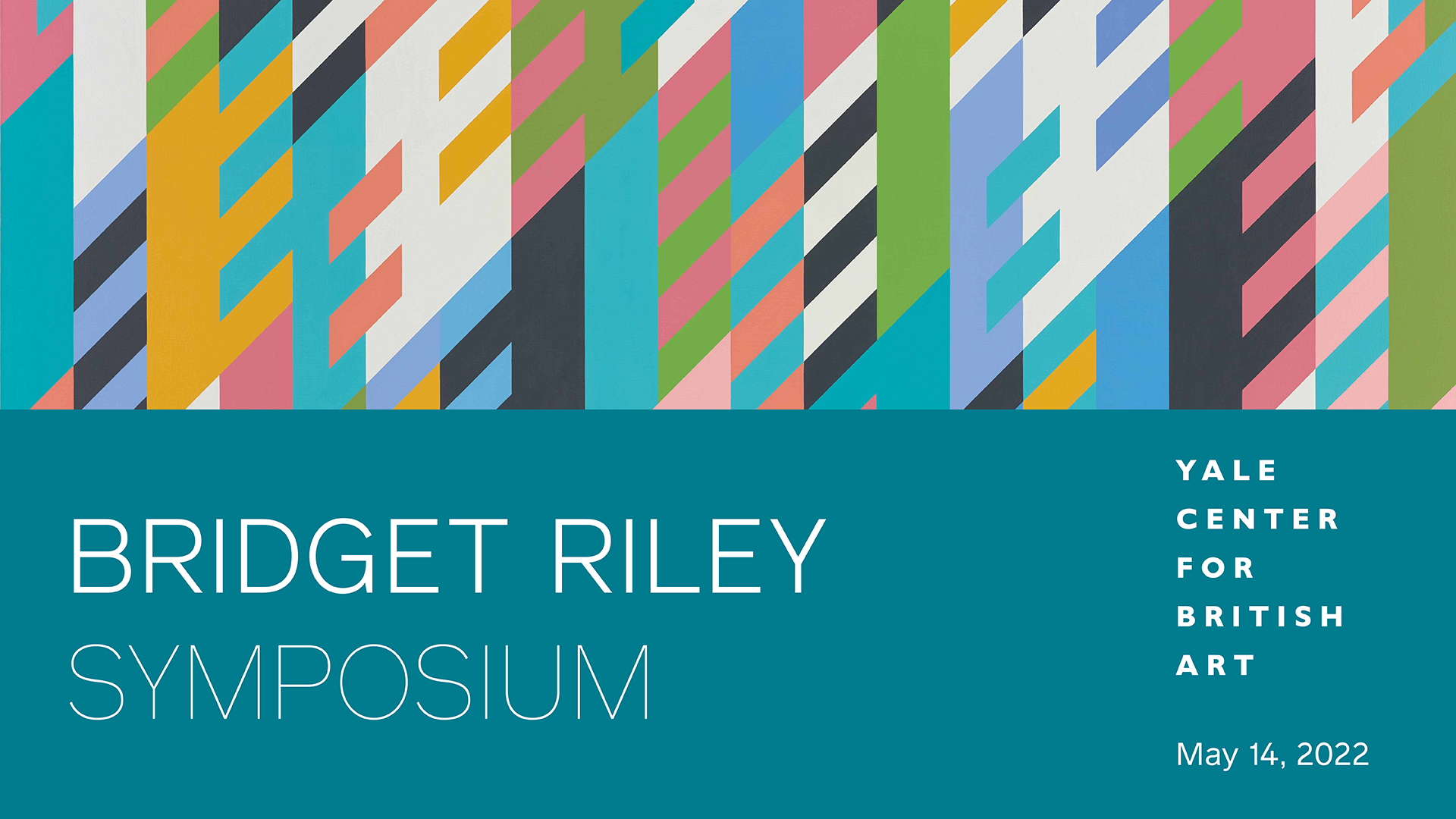Bridget Riley Symposium
Symposium
May 14, 2022
To mark the occasion of Bridget Riley: Perceptual Abstraction, this one-day online symposium aims to generate new scholarship by recontextualizing and interrogating the impact of transatlantic and international experiences and relationships on the artist’s practice.
Born in London in 1931, Bridget Riley rose to prominence in the early 1960s for artworks that seemed to defy known formal parameters for abstract painting. Her first solo exhibitions in London (Gallery One, 1962, and Robert Fraser Gallery, 1966 and 1967) and inclusion in seminal group exhibitions of the decade (Bryan Robertson’s The New Generation, Whitechapel Gallery, 1964, and Painting and Sculpture of a Decade 1954–1964, at the former Tate Gallery, 1964) brought her into aesthetic conversations with peers and set the tone for her paintings to be considered and well-received by national audiences. Notably, international attention commenced the following year, 1965, when she was included in the Museum of Modern Art’s pioneering show of contemporary art, The Responsive Eye. Among the ninety-nine artists from fifteen countries selected by William Seitz, Riley stood out for the inclusion of one of her paintings, Current (1964), on the cover of the exhibition catalogue and the wide discussion of it in the critical reaction to the show. Chief among the group, her paintings seemed to best fulfill the show’s curatorial premise of presenting objects as “generators of perceptual responses in the eye and mind of the viewer.” In 1968, she co-represented Britain at the Thirty-Fourth Venice Biennale (along with Phillip King), where she was the first living British painter and first woman to be awarded the International Prize for Painting. After 1968, Riley would no longer be considered only a British artist.
To mark the occasion of the Yale Center for British Art’s exhibition Bridget Riley: Perceptual Abstraction (March 3–July 24, 2022), this one-day symposium aims to generate new scholarship by recontextualizing and interrogating the impact of transatlantic and international experiences and relationships on the artist’s practice. Riley has long advocated for the primacy of the subjective painting experience, recalling that the post-war interest in perception was international and dynamic with markedly similar works of art being produced on either side of the Atlantic. At the center were Riley’s paintings, privileging the sensorial act of viewing.


